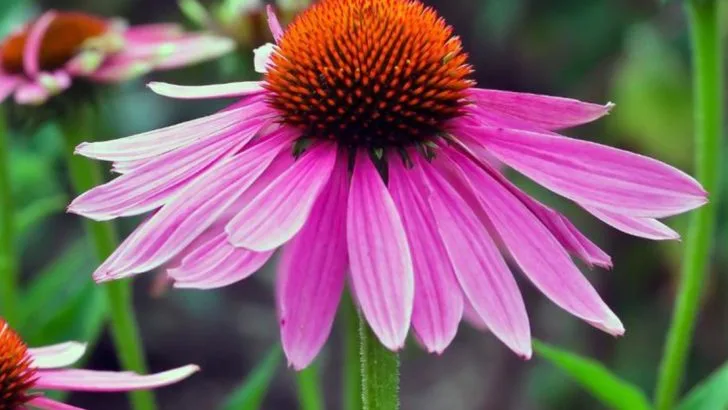Dividing perennials is supposed to be a simple way to refresh plants and multiply your garden — but not every division goes as planned. This spring, I put that theory to the test with 14 different perennials, and the results were anything but predictable.
In this article, I’ll share which plants bounced back stronger than ever, which ones struggled, and which I’d never divide again. From fast-rooting favorites to fussy varieties that didn’t take the shock well, this firsthand account offers a real-world look at what works — and what to avoid — when it comes to dividing.
Learn from my dirt-covered trial-and-error so your next garden project ends in growth, not regret.
Hostas
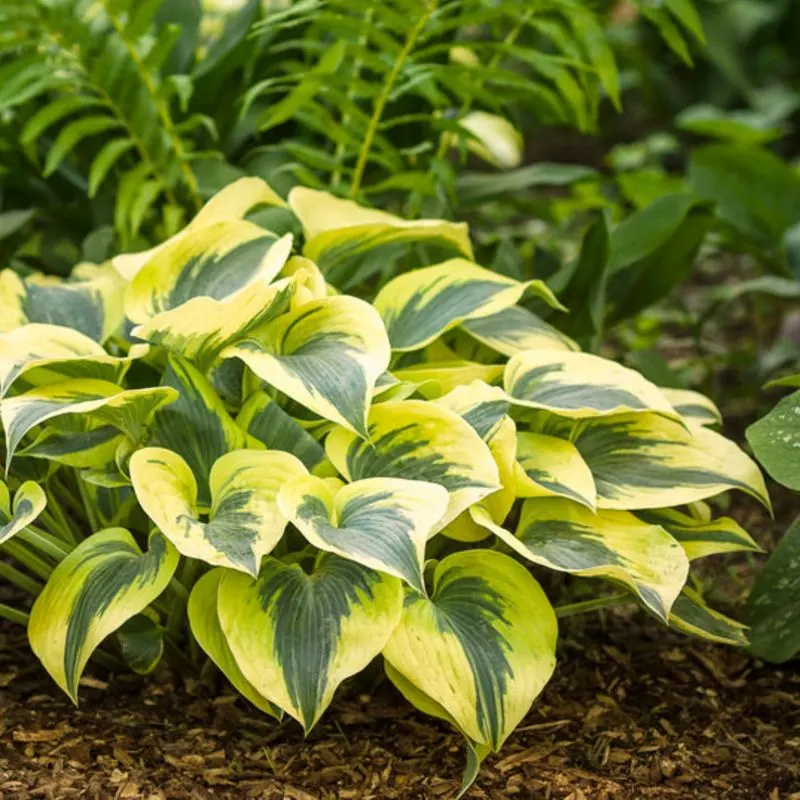
Hostas are known for their robust nature and adaptability. After dividing mine, they sprang back to life quickly, demonstrating their resilience. These shade-loving plants with their broad, lush leaves are perfect for filling garden gaps. A little extra care during replanting ensured they settled beautifully. This plant is a must-try for those looking to expand their greenery without much hassle. Watching them thrive post-division was immensely satisfying, making them a top pick for this process.
Daylilies
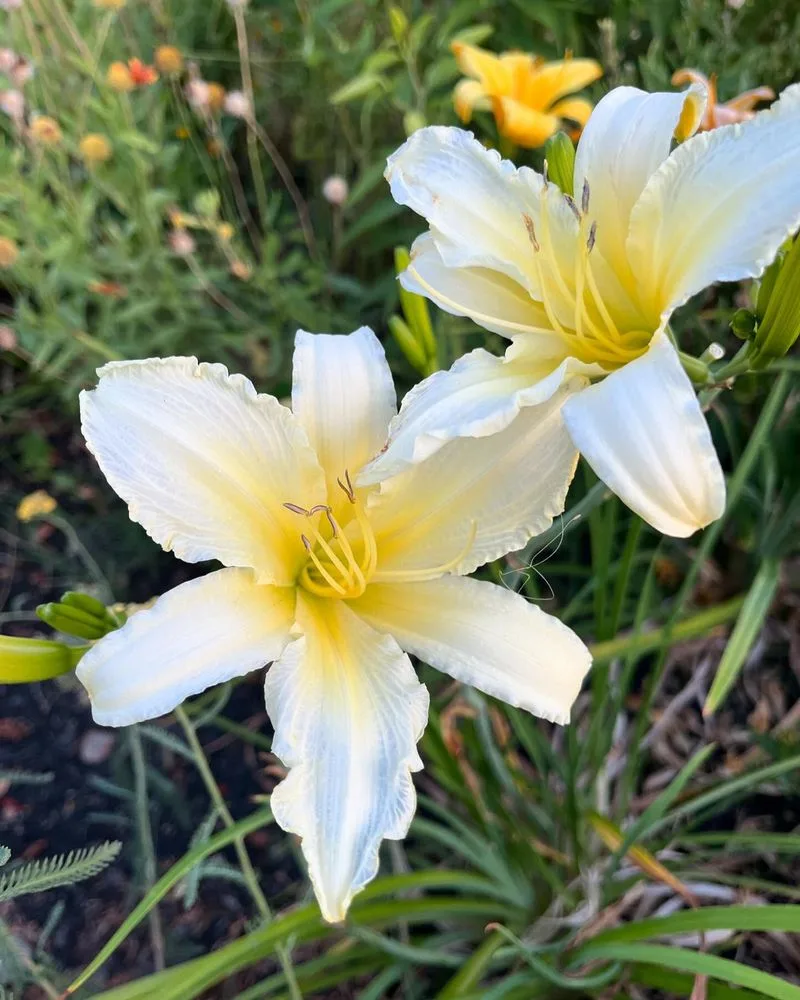
Daylilies offer a burst of color that’s hard to resist. Dividing them was straightforward, and they adapted to their new spots seamlessly. Their vibrant blooms continued to add charm to my garden, requiring minimal attention post-division. If you’re after a perennial that rewards with vivid flowers and minimal fuss, daylilies should be on your list. Their resilience and beauty make them a worthwhile choice for division enthusiasts.
Peonies
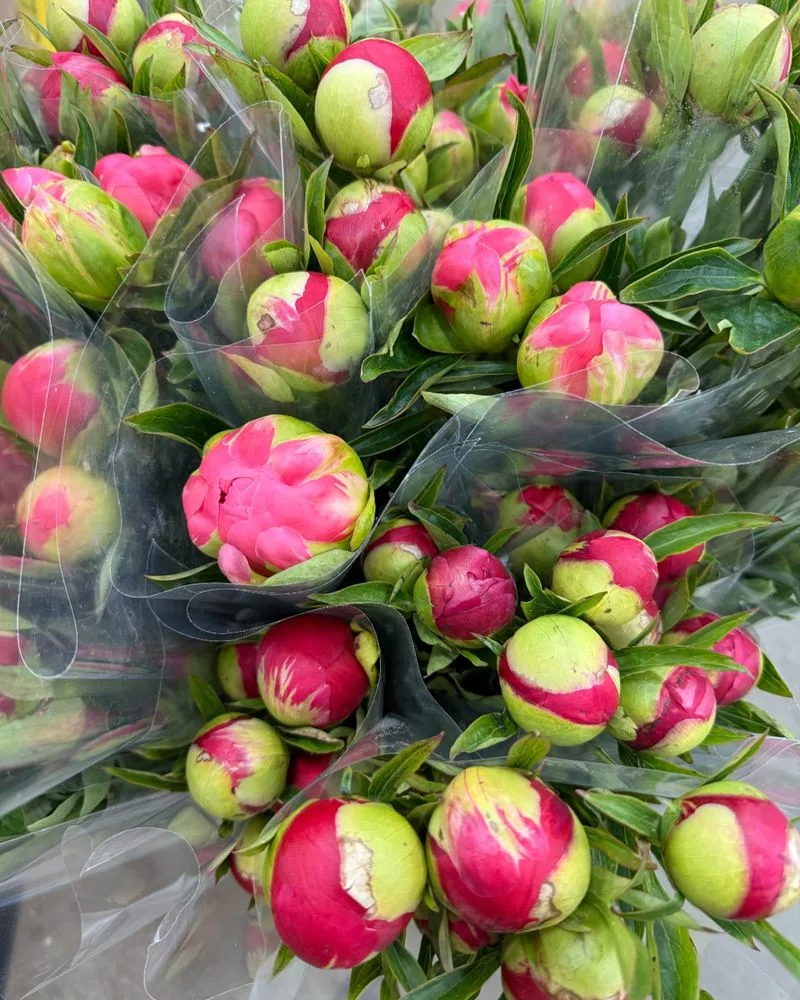
Peonies might test your patience, but their blooms are worth every effort. Dividing them requires precise timing and care, as they can be sensitive to disturbance. However, once settled, they reward you with stunning blossoms that are iconic in any garden. This process taught me the value of patience and precision. If you’re willing to invest the time, peonies can be a gorgeous addition post-division.
Irises
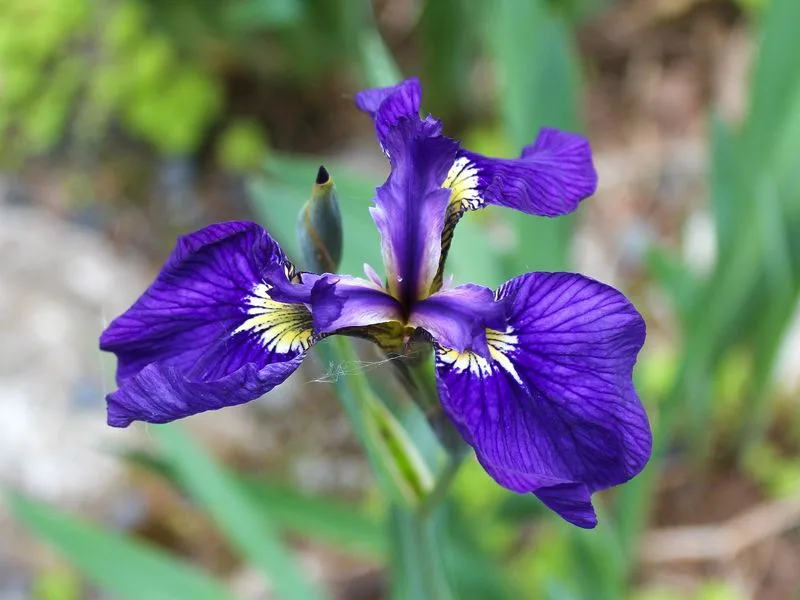
Irises bring elegance with their striking flowers and sword-like leaves. Dividing them was a breeze, and they adapted with ease to new locations. Their resilience and beauty make them a joy for any gardener. However, ensuring proper drainage is crucial, as they dislike soggy conditions. Watching them bloom again after division was a reward in itself—an experience I’d gladly repeat.
Sedum
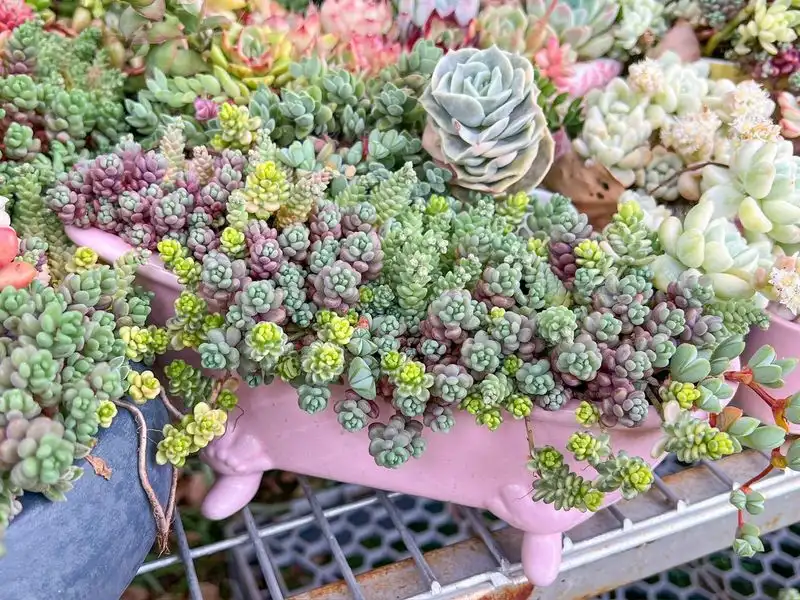
Sedums are the stars of any rock garden. Their fleshy leaves and striking flowers make them a favorite. Dividing them was easy, and they thrived in their new spots with minimal care. These hardy plants tolerate drought well, making them ideal for less attentive gardeners. Their ability to flourish without much intervention makes sedum a division success story worth considering.
Bee Balm
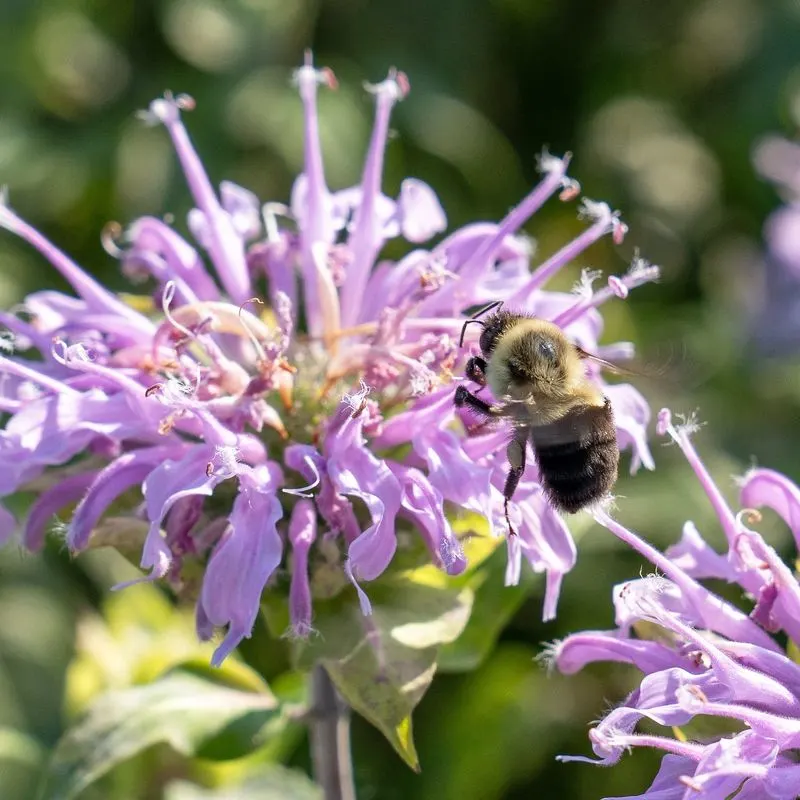
Bee balm adds a splash of color and attracts pollinators. Dividing them was straightforward, and they quickly settled into their new homes. However, they can be aggressive spreaders, so it’s essential to keep them in check. Their striking blooms and the life they bring to the garden make them a worthwhile endeavor. For those looking to attract more life into their gardens, bee balm is a fantastic choice.
Echinacea
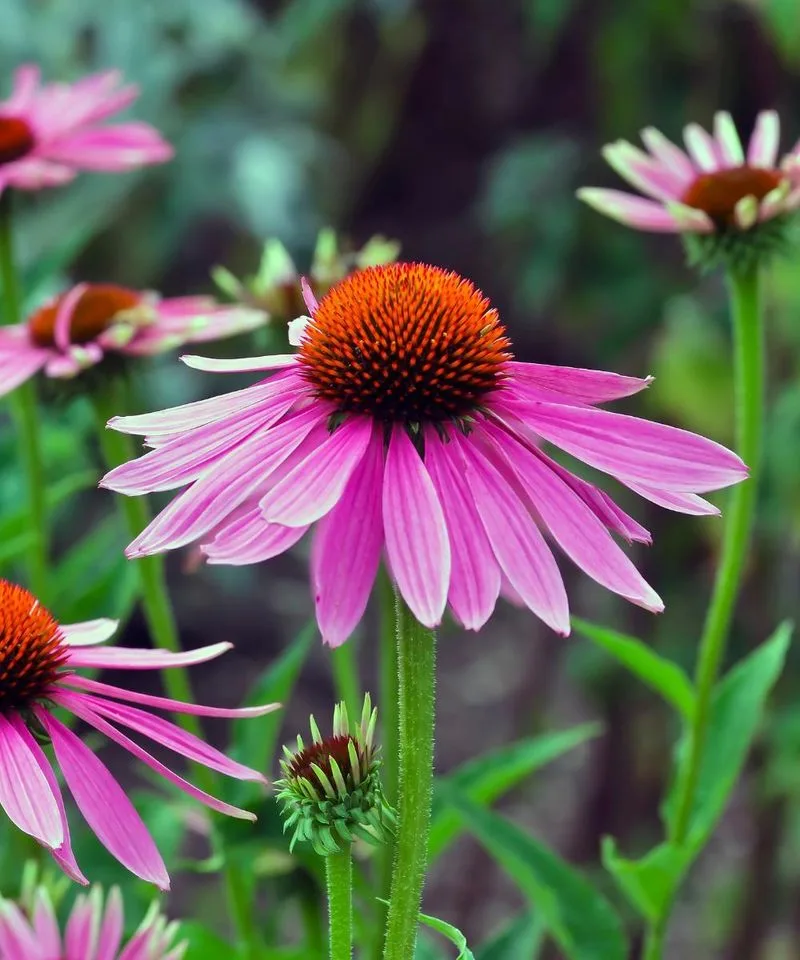
Echinacea, with its cone-shaped blooms, is a garden staple. Dividing them was a straightforward process, and they seemed to thrive with little effort. Their vibrant colors and ability to attract pollinators make them a must-have. These robust plants are a testament to simplicity and beauty, rewarding gardeners with blooms and biodiversity.
Rudbeckia

Rudbeckia, often known as black-eyed susans, never fail to brighten up a garden. Dividing them was effortless, and they quickly took to their new homes. Their cheerful flowers are not only beautiful but also durable, handling various conditions well. If you’re looking for a perennial that combines beauty with resilience, rudbeckia should be on your list.
Lavender
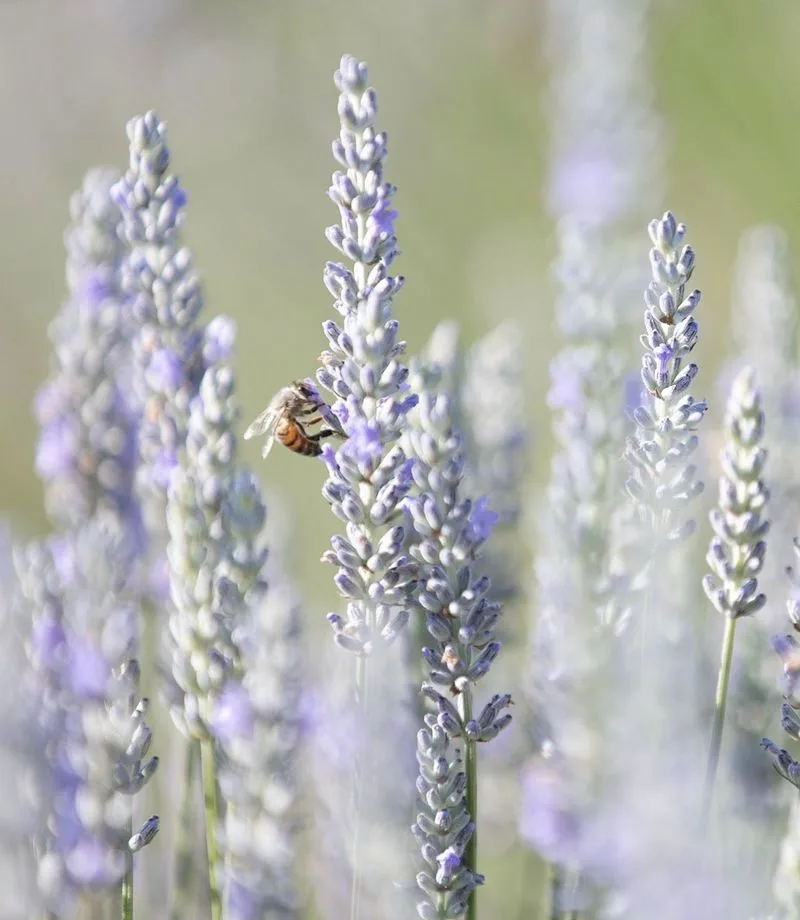
Lavender offers more than just visual appeal; its fragrance soothes the senses. Dividing lavender required care, but the rewards were fragrant and plentiful. It thrives in well-drained soil and sunny spots, adding both beauty and aroma to any garden. For those who appreciate sensory experiences, lavender is a delightful choice post-division.
Astilbe
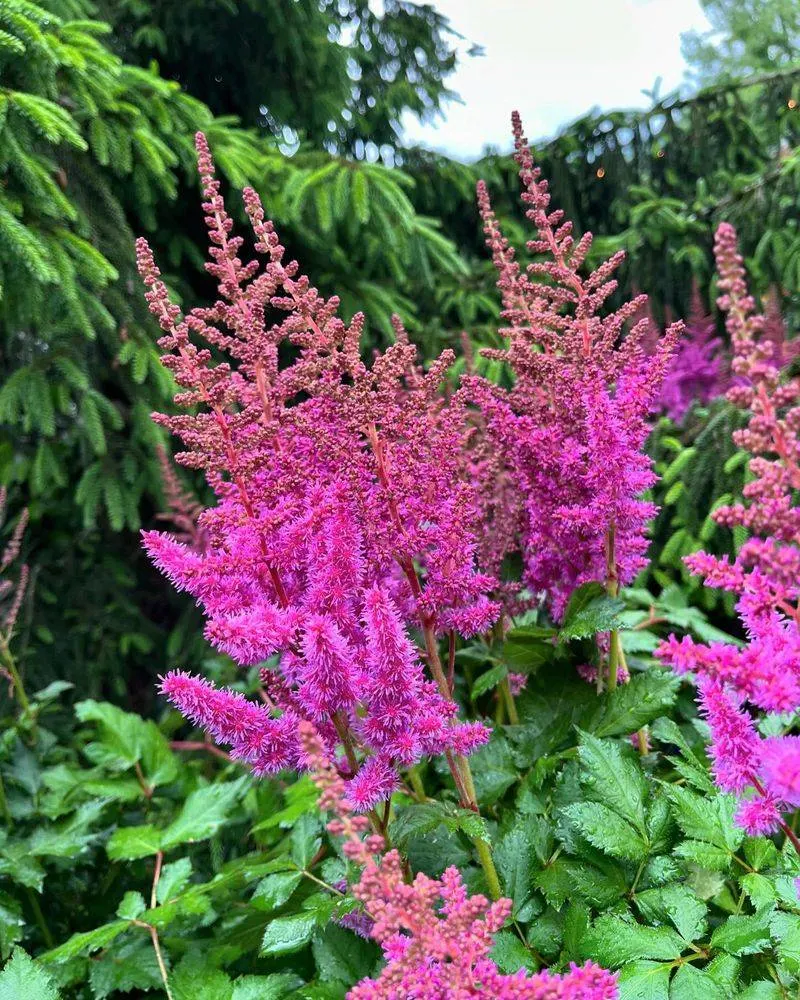
Astilbe’s feathery plumes are a sight to behold in shaded gardens. Dividing them was hassle-free, and they settled in effortlessly. These plants excel in moist, shaded areas, providing a splash of color where it’s often needed most. For gardeners seeking elegance in the shade, astilbe’s graceful presence is unmatched.
Coreopsis
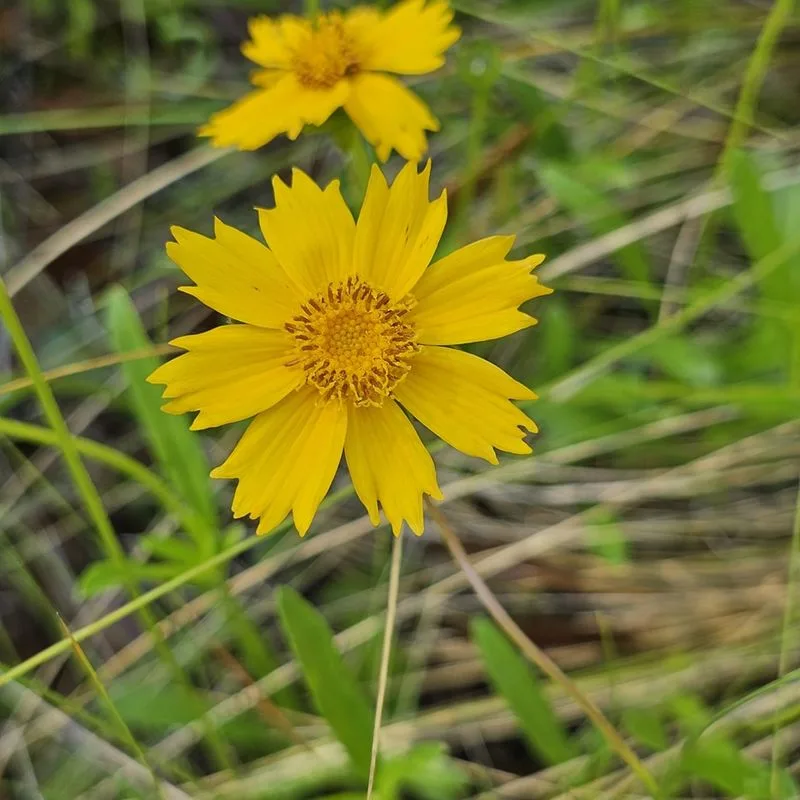
Coreopsis, with its sun-kissed blooms, is a garden favorite. Dividing them was a breeze, and they continued to flourish, brightening up their new locations. These plants are resilient and cheerful, perfect for adding a touch of sunshine. Their hardiness and vibrant flowers make coreopsis a perennial worth dividing and celebrating.
Phlox
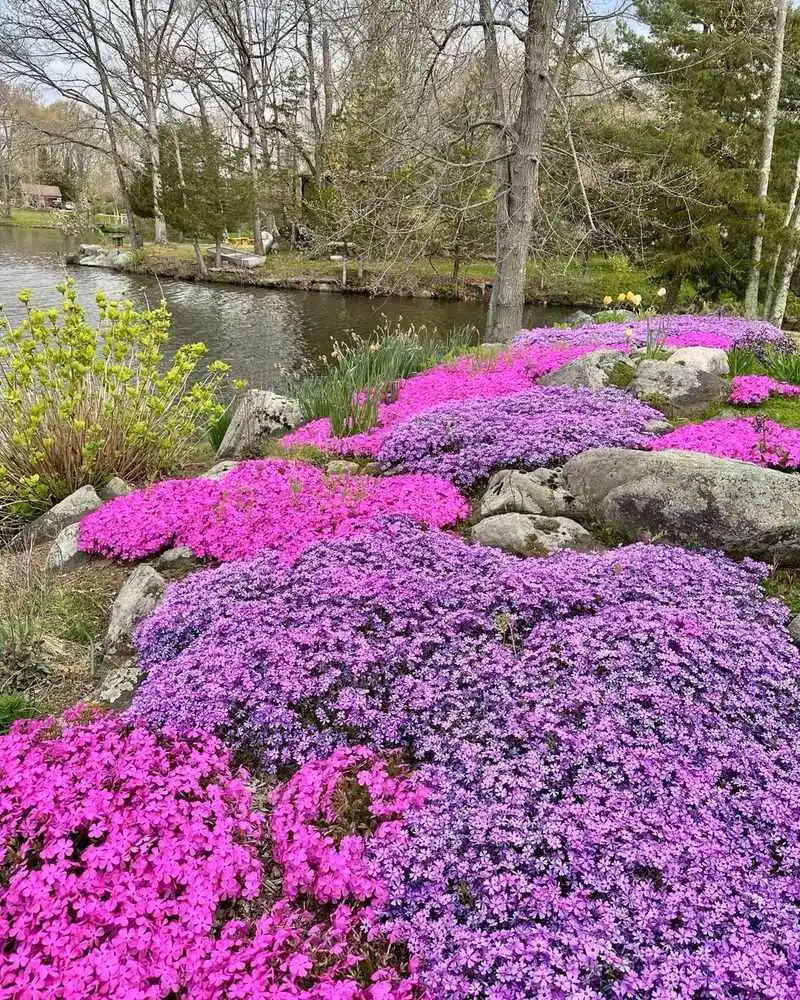
Phlox is the epitome of cottage garden charm. Dividing them was relatively simple, and their fragrant blooms continued to impress. These plants thrive with a little attention and are perfect for adding color and scent to any area. For those looking to enhance their garden’s allure, phlox offers a classic touch that’s hard to resist.
Salvia
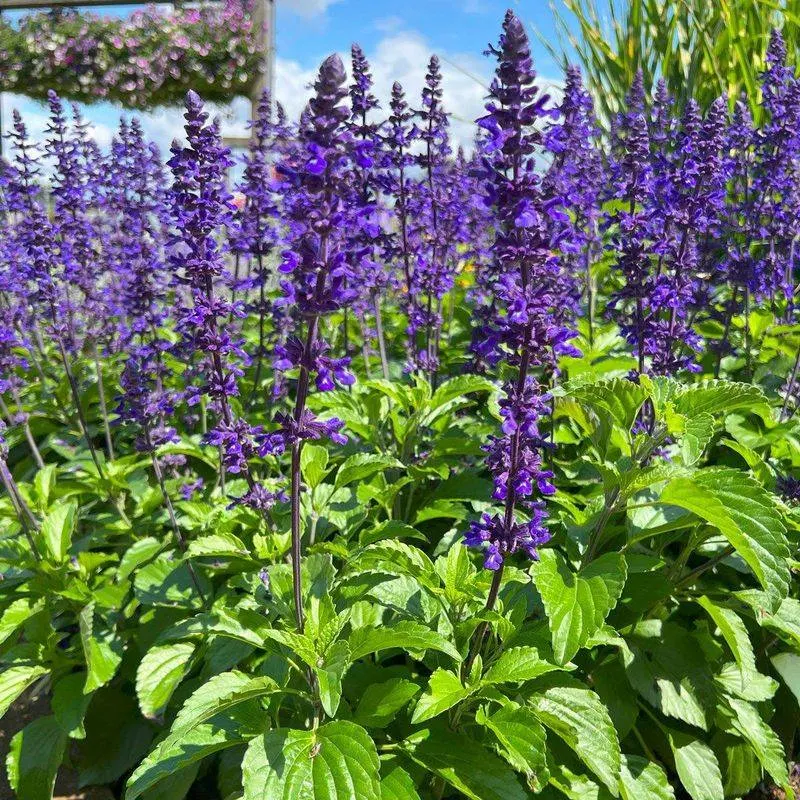
Salvia’s spiky blooms and aromatic foliage make it a garden standout. Dividing them was straightforward, and they adapted well to their new homes. Their ability to attract pollinators while adding a splash of color is unparalleled. For gardeners seeking a low-maintenance but visually striking plant, salvia is a worthy contender.
Yarrow
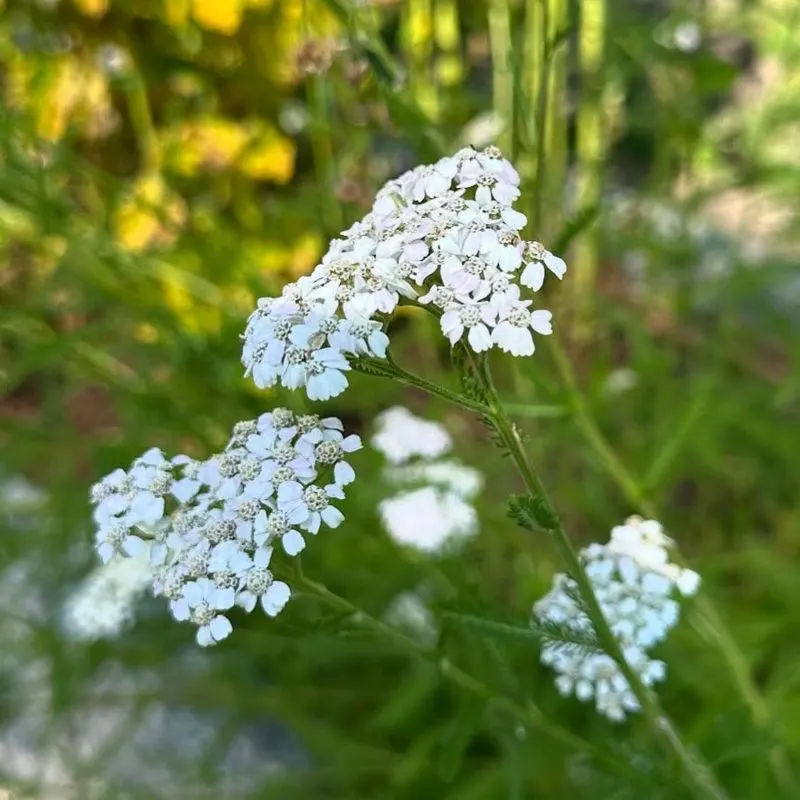
Yarrow’s medicinal reputation precedes its beauty. Dividing them was uncomplicated, and they thrived in various conditions. These hardy plants offer both aesthetic and practical benefits, making them a versatile choice. For gardeners interested in combining beauty with utility, yarrow is a plant that delivers on both fronts.

